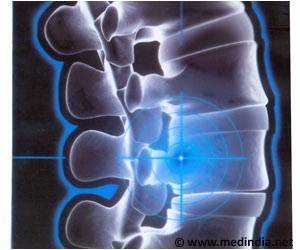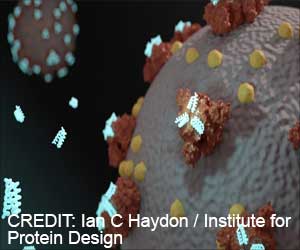- Almost 200 humans and nearly 100 pets are preserved in a state of suspended animation, awaiting advancements in medical technology
- Cryonics involves meticulous steps to vitrify the body, preserving cellular integrity and preventing irreversible damage
- While some see cryonics as hope, others dismiss it as science fiction, sparking debates on the boundaries of life and death
In a quiet corner of Arizona lies a facility that challenges the boundaries of life and death. Here, almost 200 humans and nearly 100 beloved pets are suspended in a state of cryopreservation, their bodies preserved in liquid nitrogen-filled tanks, awaiting a future where technology may grant them a second chance at life (1✔ ✔Trusted Source
Spending eternity in liquid nitrogen
).
The Alcor Life Extension Foundation, nestled in the heart of Arizona, is a hope for those who believe in the potential of cryonics. Max More, the President emeritus of the facility, oversees the intricate process that promises to defy mortality. Among the portraits adorning the facility’s walls is that of Matheryn Naovaratpong, a young girl from Thailand whose life was tragically cut short by brain cancer at the tender age of three. Her story serves as a poignant reminder of the potential of cryonics to transcend the limitations of contemporary medicine.
Cryonics patients are suspended in a glass-like state, awaiting a future where science may grant them a second chance at life. #cryonics #futurerevival #medindia’
The Science of Suspended Animation: Understanding Cryopreservation
At its core, cryonics is a delicate dance between science and speculation. The process begins with the declaration of legal death, after which the body is carefully prepared for preservation. Far from a simple act of freezing, cryopreservation involves a meticulous series of steps designed to safeguard cellular integrity and prevent irreversible damage. Mechanical CPR devices maintain blood circulation, while a cocktail of medications shields cells from harm. The ultimate goal is not to freeze the body, but to vitrify it—a process that transforms biological tissue into a glass-like state, preserving it in suspended animation until a time when medical science can offer a cure.
Debating the Boundaries: Ethical Considerations in Cryonics
For some, the concept of cryonics borders on the fantastical—a relic of science fiction rather than a viable path to immortality. Dr. Arthur Caplan, a leading voice in bioethics, dismisses cryonics as little more than a fanciful notion born from idle speculation. In his view, the prospect of thawing oneself out of cryopreservation and stepping into a distant future is akin to a dorm room debate—a whimsical fantasy divorced from the realities of our time.
Yet, for believers like Natasha Vita-More, cryonics represents a beacon of hope in an uncertain world. She envisions a future where those who choose cryopreservation are reunited with loved ones, their ailments cured, and their bodies rejuvenated through advances in medical technology. It is a vision of immortality that transcends the confines of mortality—a testament to humanity’s eternal quest for transcendence.
As the debate rages on, the patients of Alcor remain suspended in a state of limbo, their fates intertwined with the march of progress. For now, they are but echoes of a distant future—a testament to the boundless potential of human ingenuity and the enduring quest for eternal life.
Reference:
- Spending eternity in liquid nitrogen – (https://www.ncbi.nlm.nih.gov/pmc/articles/PMC3328517/)
Source-Medindia



